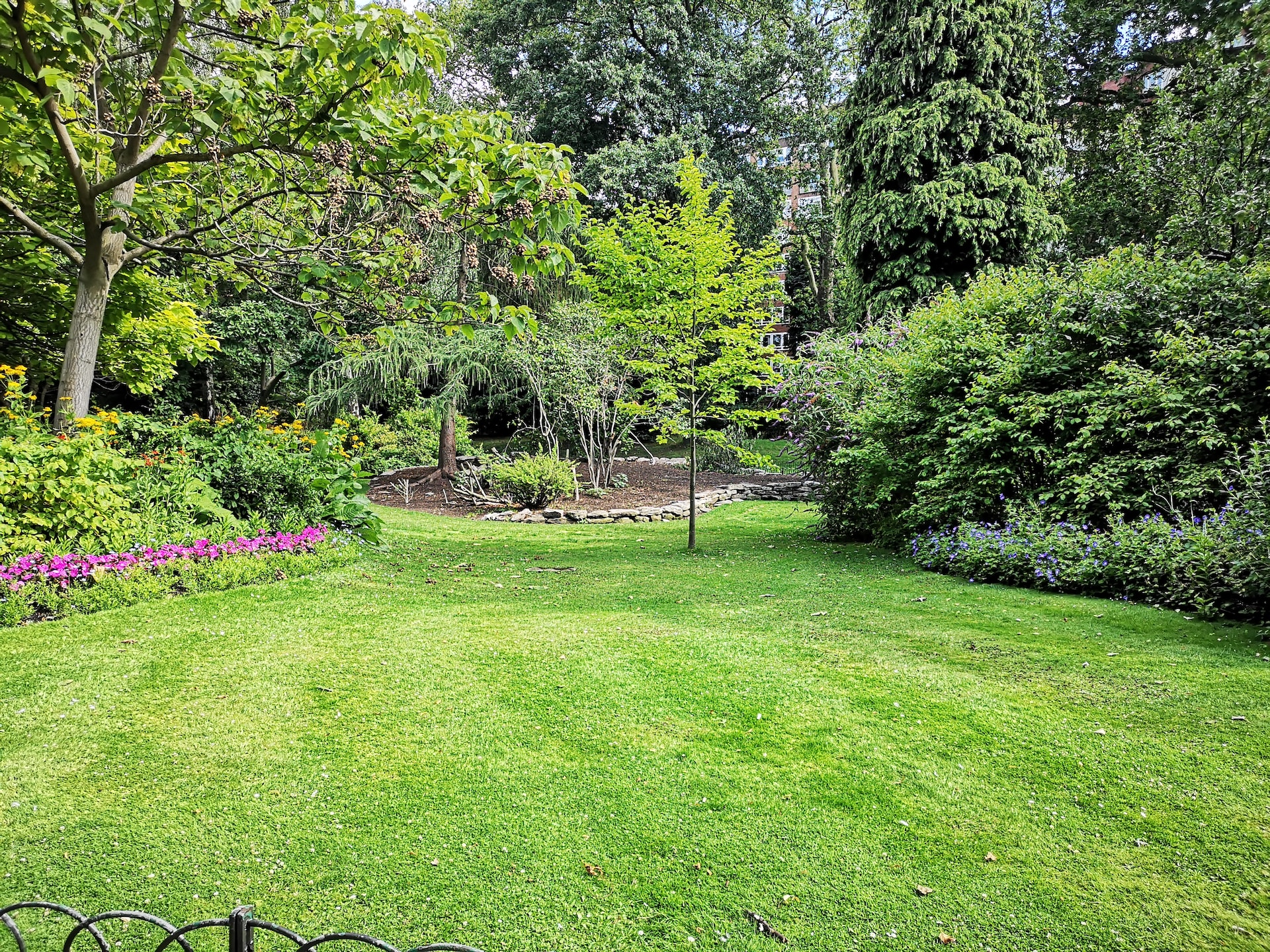Gardens are places of tranquility, beauty, and nature's bounty.
Yet, they are not immune to threats, and among the many pests that gardeners have to contend with, earwigs rank high on the list.
These little critters can create significant damage, leaving frustrated gardeners in their wake.
Knowing how to effectively combat these pests is crucial for maintaining a healthy and thriving garden.
Understanding Earwigs And Their Behavior
Earwigs, with their signature pincers, are more than just unsettling to look at; they're potential garden invaders.
While they have a role in the ecosystem, helping to break down decaying organic matter, their appetite doesn't stop there.
They're also known to feed on live plants, which can be a cause for concern for many gardeners.
Getting The Right Information Online
In the era of digitization, a plethora of resources are available online to understand pests, their behavior, and control measures.
Before starting any eradication measures, it's crucial to gather accurate and credible information about earwigs.
Online platforms offer detailed insights about earwig's life cycle, habits, and natural predators.
While it’s essential to avoid falling for misinformation, one can usually rely on resources provided by renowned gardening associations, agricultural extensions, and entomological societies.
Remember, understanding the enemy is half the battle won.
The Preferred Plants Of Earwigs
Just as humans have favorite dishes, so do earwigs.
These insects are particularly fond of soft fruits, seedlings, and the young shoots of plants.
Strawberries, zucchinis, lettuce, and dahlias are among their preferred choices.
Recognizing the plants most vulnerable in your garden allows for more targeted and effective protection measures.
Natural Predators: Allies In The Garden
Every pest has natural enemies, and in the case of earwigs, they are no exception.
Birds, toads, and certain insects, like the tachinid fly, feed on earwigs.
Encouraging these natural predators to take up residence in your garden can help keep the earwig population in check.
Simple actions like setting up bird feeders, creating toad-friendly habitats, or planting flowers that attract beneficial insects can go a long way in maintaining a balanced ecosystem.
Garden Management: Best Practices To Keep Earwigs At Bay
Effective garden management goes beyond just dealing with pests; it's about creating an environment that's unfavorable for them in the first place.
Proper garden hygiene, regular monitoring, and making the most of available resources can substantially reduce earwig-related problems.
Regular Garden Clean-Up
Earwigs thrive in damp and cluttered environments. Regularly cleaning up garden debris, fallen fruits, and dead leaves eliminates their hiding places.
Also, consider spacing your plants well, ensuring adequate sunlight and air circulation, as this can deter earwigs from setting up shop in the first place.
Renting Garden Plots
If you're facing persistent earwig issues, or if your current location seems particularly susceptible, renting garden plots might be a solution worth considering.
These plots, often available in community gardens or through local municipalities, offer a fresh start.
Given that they are regularly maintained and might be away from dense foliage or wooded areas, they can inherently have fewer pest issues.
Moreover, fellow gardeners at these plots can offer insights and advice on managing pests based on their experience.
Use Of Organic Deterrents
Chemicals might offer a quick fix, but they often come with a slew of environmental concerns.
Organic deterrents like diatomaceous earth can be sprinkled around plants to ward off earwigs.
A mixture of soap and water, sprayed during the cooler parts of the day, can deter earwigs without causing harm to your plants.
Monitoring And Adaptation: Staying Ahead Of The Game
Even with the best measures in place, it's essential to stay vigilant. Pests evolve, and so should our strategies to combat them.
Regular Garden Inspections
Establish a routine to inspect your garden, ideally during the early morning or late evening when earwigs are most active.
Look for signs of damage, and if you spot earwigs, consider manually removing and disposing of them.
Engaging With A Local Gardening Community
Joining a local gardening group or club offers the advantage of collective wisdom.
Here, experiences about dealing with earwigs, stories of successes, and lessons from failures are shared.
This communal knowledge can be invaluable in staying one step ahead of these pesky invaders.
Embracing Change And Being Proactive
The gardening world is ever-evolving. New research, tools, and methodologies continually emerge.
As gardeners, embracing change and being proactive in our approach can make all the difference.
This might mean trying out a new organic repellent on the market or adjusting garden layouts based on pest behavior.
The Role Of Soil Health In Earwig Prevention
Soil health, often overlooked, plays a pivotal role in the overall health and resilience of a garden.
A robust soil ecosystem not only promotes plant growth but also acts as a deterrent against certain pests, including earwigs.
By understanding and enhancing the quality of the soil, gardeners can create an environment less inviting for these unwelcome visitors.
Organic Matter Enrichment
Incorporating organic matter, like compost or well-decomposed manure, improves soil structure and promotes beneficial microorganisms.
These microorganisms compete with pests for resources, often creating an environment where pests like earwigs find it hard to thrive.
Maintaining Soil Moisture Levels
Earwigs are attracted to damp environments.
Ensuring that the soil has good drainage properties can help prevent excessive moisture, making it less hospitable for earwigs.
Using techniques like mulching can assist in maintaining balanced soil moisture, preventing over-wet conditions which attract earwigs.
Regular Soil Testing
Conducting regular soil tests provides insights into its pH, nutrient levels, and texture.
By keeping these factors in optimal ranges, plants become healthier and more resistant to pests.
Understanding soil composition can guide gardeners in choosing plants less susceptible to earwig damage.
Final Thoughts
In conclusion, while earwigs can be a formidable foe for gardeners, with the right knowledge and proactive measures, their damage can be mitigated. A combination of understanding the pest, effective garden management, and ongoing monitoring ensures that gardens remain places of beauty, bounty, and peace.
